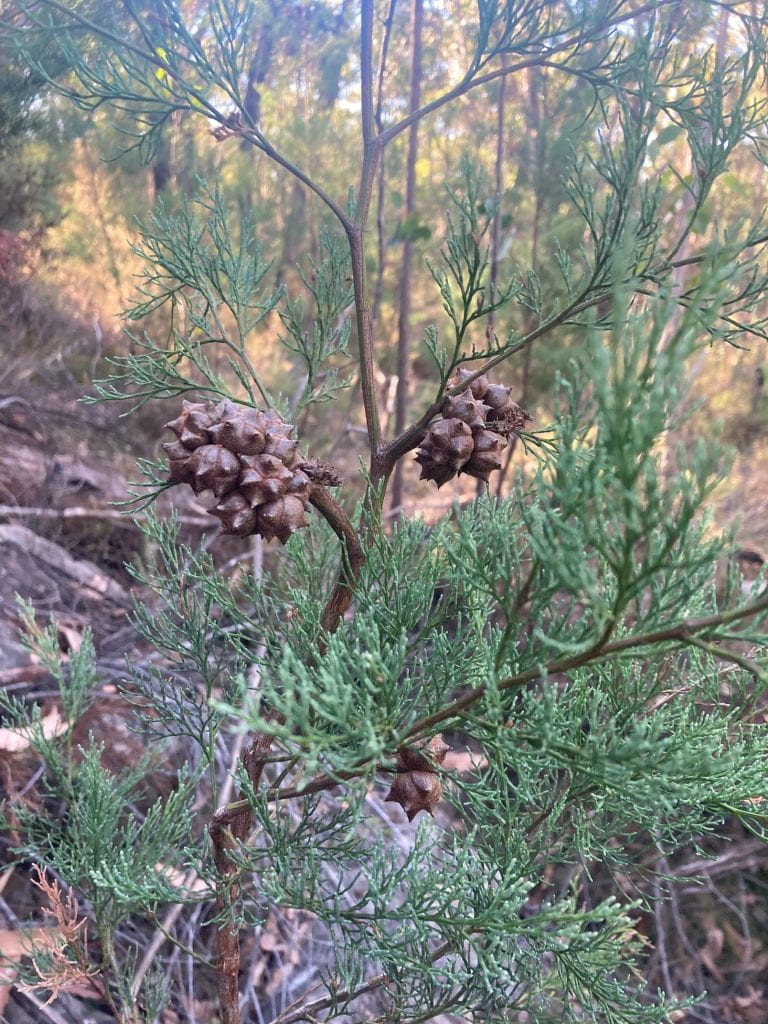
Using traits to predict the influence of fire on plants
Ella Plumanns Pouton, Luke Kelly and team have a new paper on using plant functional types to predict the influence of fire on species relative abundance – published in Biological Conservation.
Ella and team first brought together a wealth of knowledge on the traits that plant species exhibit in response to fire, including whether or not they are stimulated to resprout or germinate by fire and how fast they grow and produce seed. They then then grouped species into categories based on these traits and made predictions for how the abundance of species in each of these groups would change based on time since the last fire. Finally, the team tested these predictions by collecting plant data across Gariwerd (the Grampians) in western Victoria, at sites that ranged from 0 to 81 years post-fire.
The study found that accurate predictions of plant abundance could be made for 75 per cent of species. For example, the team correctly predicted a species dependent on regeneration from seeds, the Oyster Bay Pine, would take 80 years to peak in abundance. Observations of the Prickly Teatree peaking in abundance about thirty years after a fire, a species that resprouts, also conformed with predictions.
You can read more about the work in Pursuit, click this link for an open access version of the full paper, and email Ella for more details.

Categories
- Uncategorised